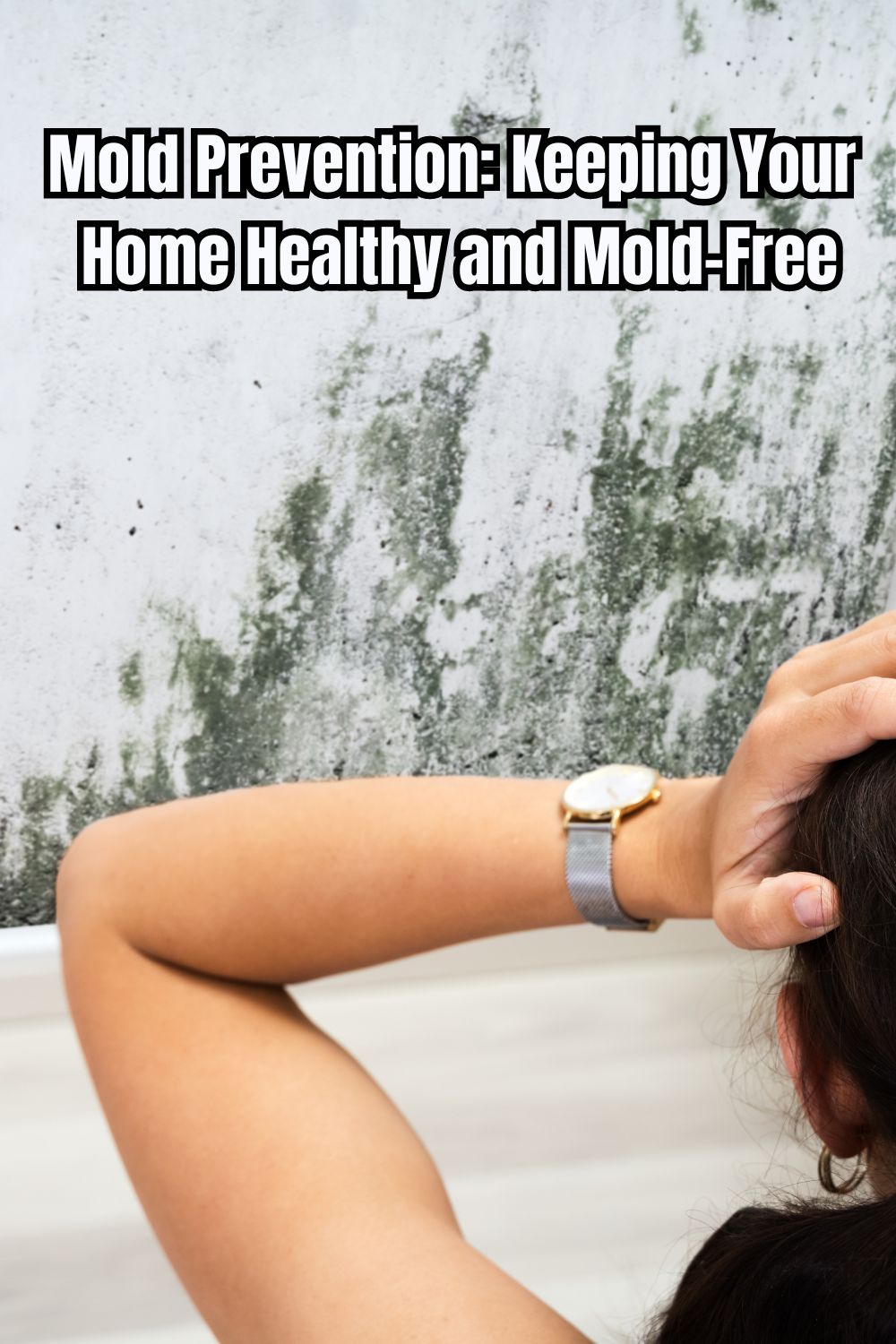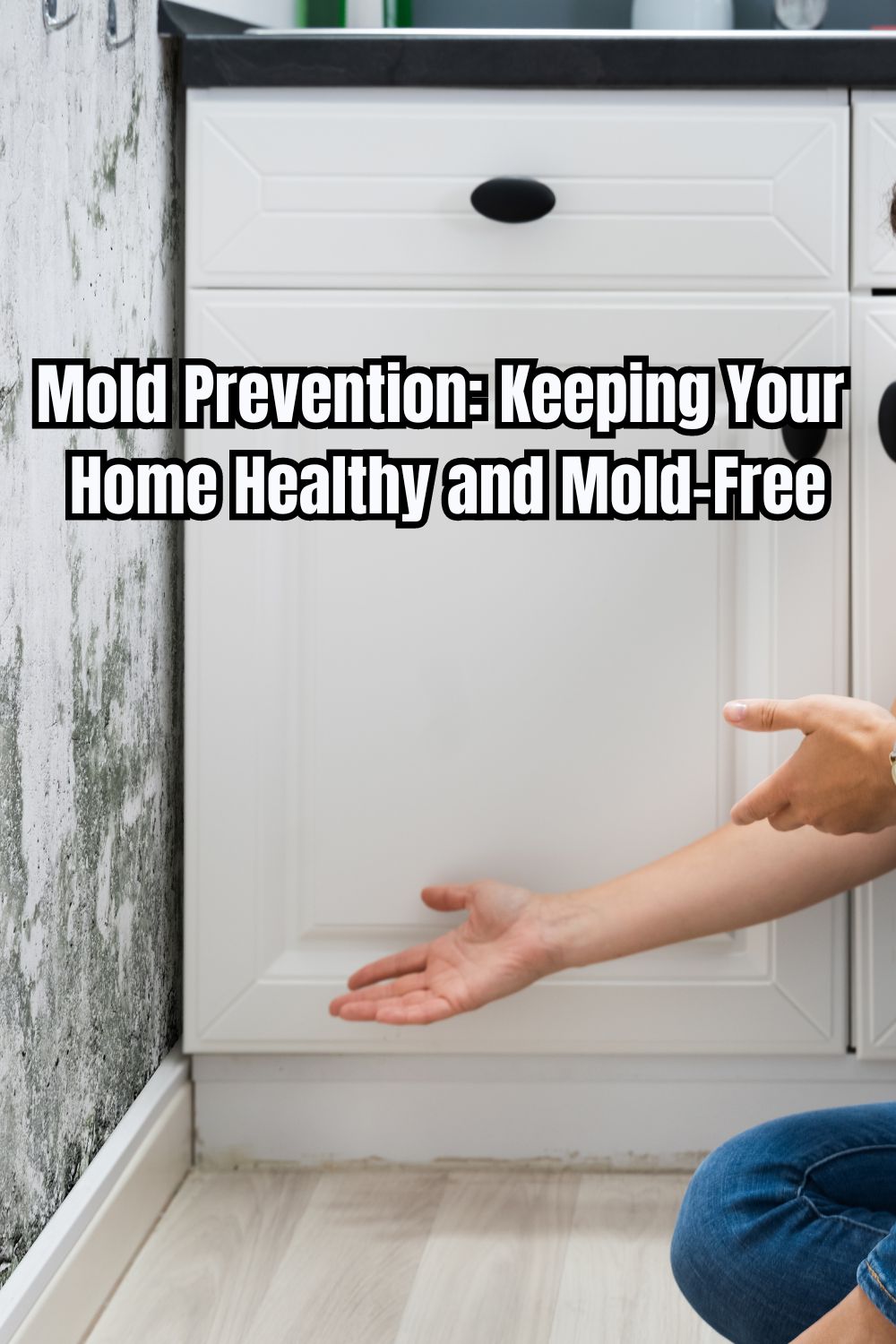Having mold in your home is a nightmare. Here are some tips on Mold Prevention & Keeping Your Home Healthy and Mold-Free
Mold Prevention: Keeping Your Home Healthy and Mold-Free
Mold can be like an unwanted guest who won’t leave. It sneaks in without notice and quickly becomes a bigger issue than expected. Not only unsightly but it can negatively impact health as well as structural integrity of your home. But with a bit of proactive steps and knowledge you can keep mold at bay. In this blog we will cover effective strategies for mold prevention to promote a healthier living environment for both you and your home.
Understanding Mold: What Makes It So Sneaky?
Before we discuss prevention strategies, let’s first take some time to explore what mold really is. Mold is a type of fungus that thrives in humid, damp, and warm conditions and reproduces by sending out tiny airborne spores that travel throughout your home or yard. When indoors it can lead to allergies, respiratory issues, property damage and structural rot – so the key is stopping it in its tracks before it sets up camp.
Humidity Control: The First Line of Defense
Maintaining optimal humidity levels in your home is key for mold prevention. Indoor humidity should ideally range between 30%-50% for optimal indoor conditions. To help manage this, invest in a dehumidifier for damp areas like basements, bathrooms and kitchens and make regular checks using a hygrometer. Even this small act of attention could make an inhospitable environment for mold.
Proper Ventilation: Letting Fresh Air In
Proper ventilation is crucial to combatting mold growth. Make sure your home has adequate airflow in areas prone to moisture by opening windows when weather permits, installing vents in bathrooms and kitchens, using exhaust fans when cooking or showering. Proper ventilation not only keeps air fresher but helps decrease moisture levels that mold thrives on.
Gutter Cleaning: An Important Maintenance Task
Regular gutter cleaning is an integral component of home maintenance that can significantly decrease your risk of mold growth. Clogged gutters can lead to water overflow, creating damp conditions perfect for mold development on roofs and siding surfaces. Cleaning gutters at least twice annually (ideally in spring and autumn) to clear away leaves, twigs and debris is recommended to ensure water flows freely away from your home. Be sure to also clear downspouts properly so they can wick freely away. Cleaning your gutters regularly is an efficient and straightforward way of protecting your home from moisture accumulation, helping prevent unnecessary moisture build-up in your property and protecting it against further damages.
Professional Gutter Cleaning: A Wise Investment
Homeowners concerned about the risks posed by clogged gutters will find professional gutter cleaning services an invaluable investment. Professional gutter cleaning services typically employ skilled technicians equipped with specialized tools to efficiently clear debris from gutters and downspouts. Opting for professional cleaning saves both time and effort while providing valuable insight into the condition of your system. Professional gutter cleaning services often offer scheduled maintenance plans that proactively address gutter care, helping homeowners maintain optimal functionality and prevent moisture accumulation that could cause mold growth.
Water Leaks: Fix Them Before They Fixate
Water leaks can serve as an entryway for mold growth in your home. Make a habit of inspecting it regularly for leaky plumbing fixtures, roofs and windows for leaks which should be addressed promptly lest they balloon into larger mold issues. Apply caulking around windows and doors can add another barrier against intrusion of water into the building.
Clean and Dry: An Everyday Ritual
Being diligent about cleanliness can help keep mold at bay. Wipe surfaces in both kitchens and bathrooms using a solution of water and mild detergent to clean surfaces regularly. If any signs of mold appear in showers or sinks, remove it promptly with commercial mold cleaner or an effective homemade remedy of vinegar and baking soda solution. Also dry any wet items like towels or shower curtains promptly so as to prevent future growth of mold growth.
Materials Matter: Choosing Wisely
When renovating or decorating, choose materials that resist mold more effectively. Consider moisture-resistant drywall, mold-resistant paint, and flooring that can withstand dampness if possible. While these choices may cost more upfront, they could save significant expenses down the line due to mold remediation expenses.
Regular Inspection: Spotting Issues Early
Make an inspection plan for detecting mold issues in your home on an annual basis. Pay special attention to areas like behind appliances, under sinks and in closet corners where mold could lurk. Early detection means less damage and hassle down the line. Create a seasonal checklist so as to not overlook any small issues which could become larger issues.
Conclusion
Mold prevention requires proactive and attentive measures. By controlling humidity, ensuring proper ventilation, promptly addressing leaks, choosing materials appropriate to the climate of your home and conducting regular inspections you can reduce significantly your risk of mold invasion into your home. When it comes to mold clean-up efforts you want as few expenses as possible. So adopt these prevention strategies today, and enjoy living peacefully.


Leave A Reply!